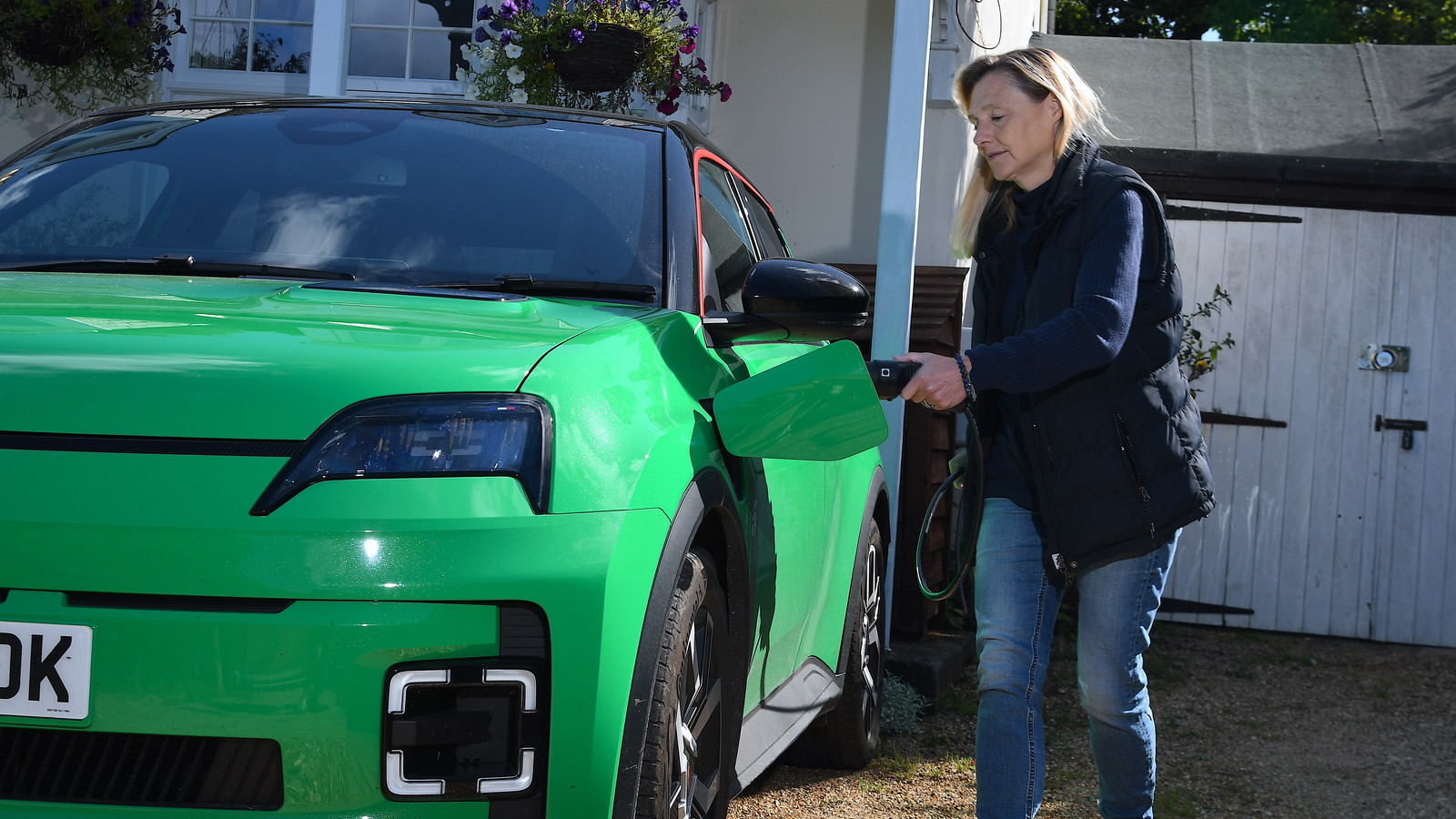
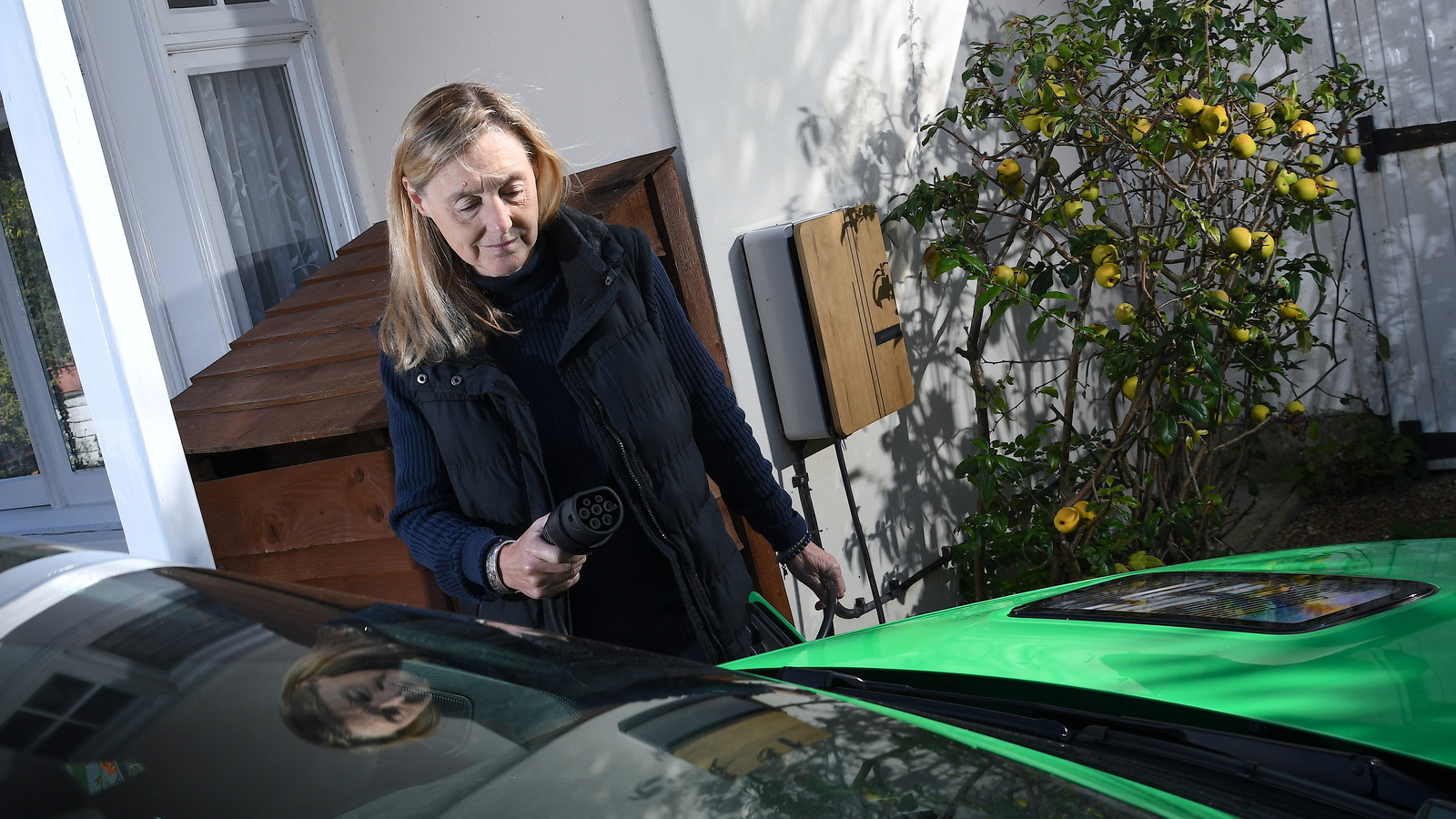
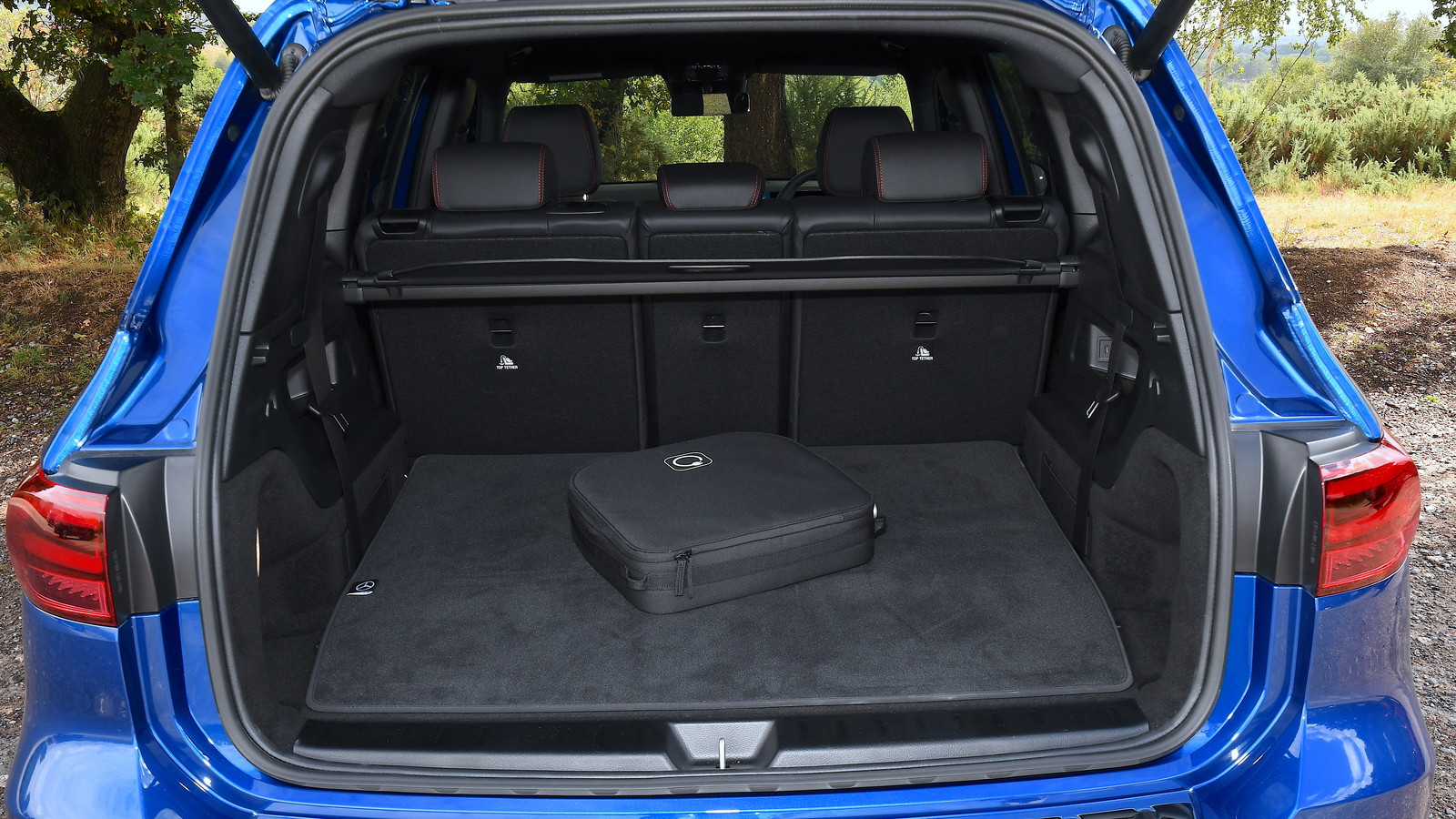
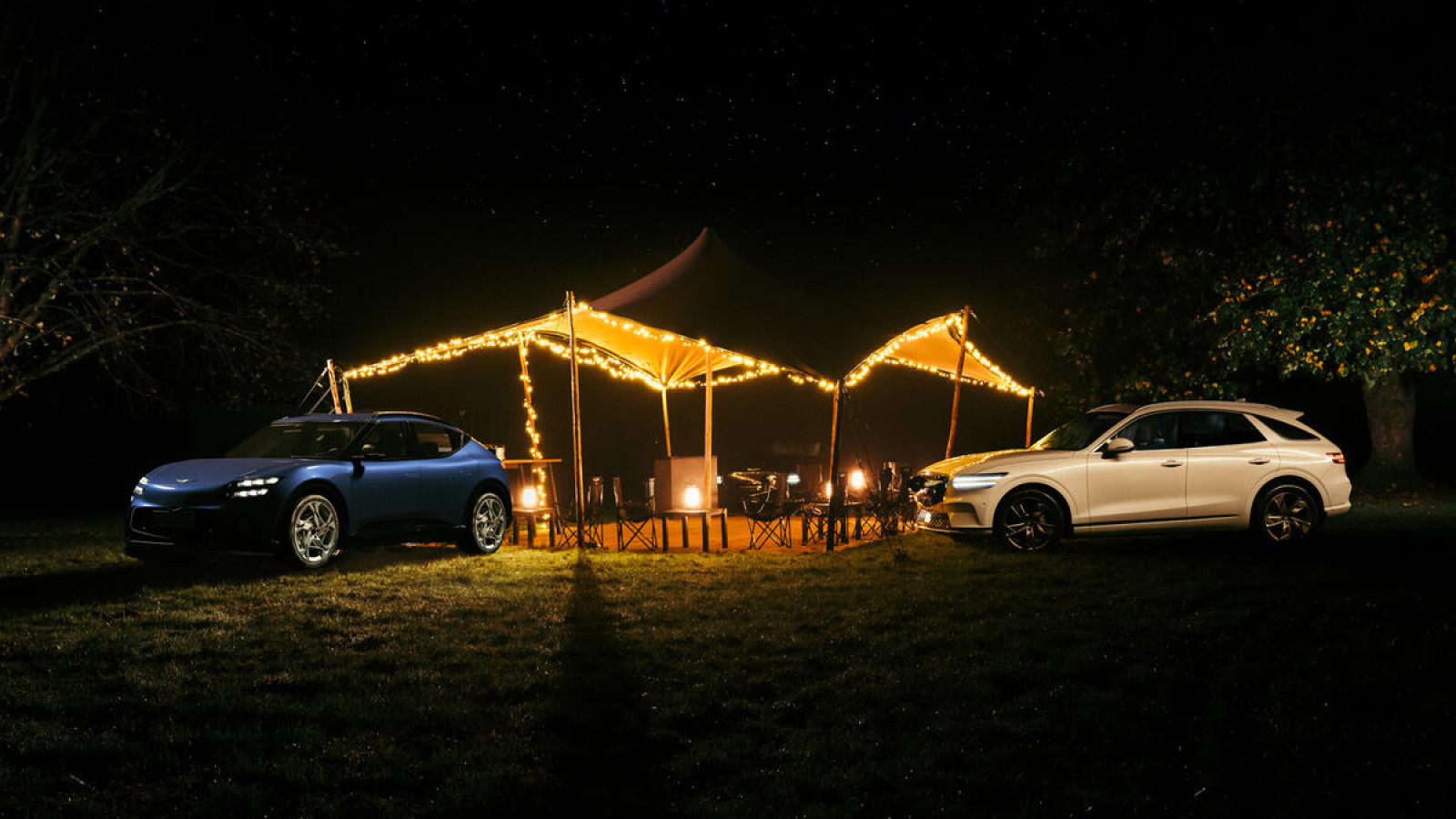
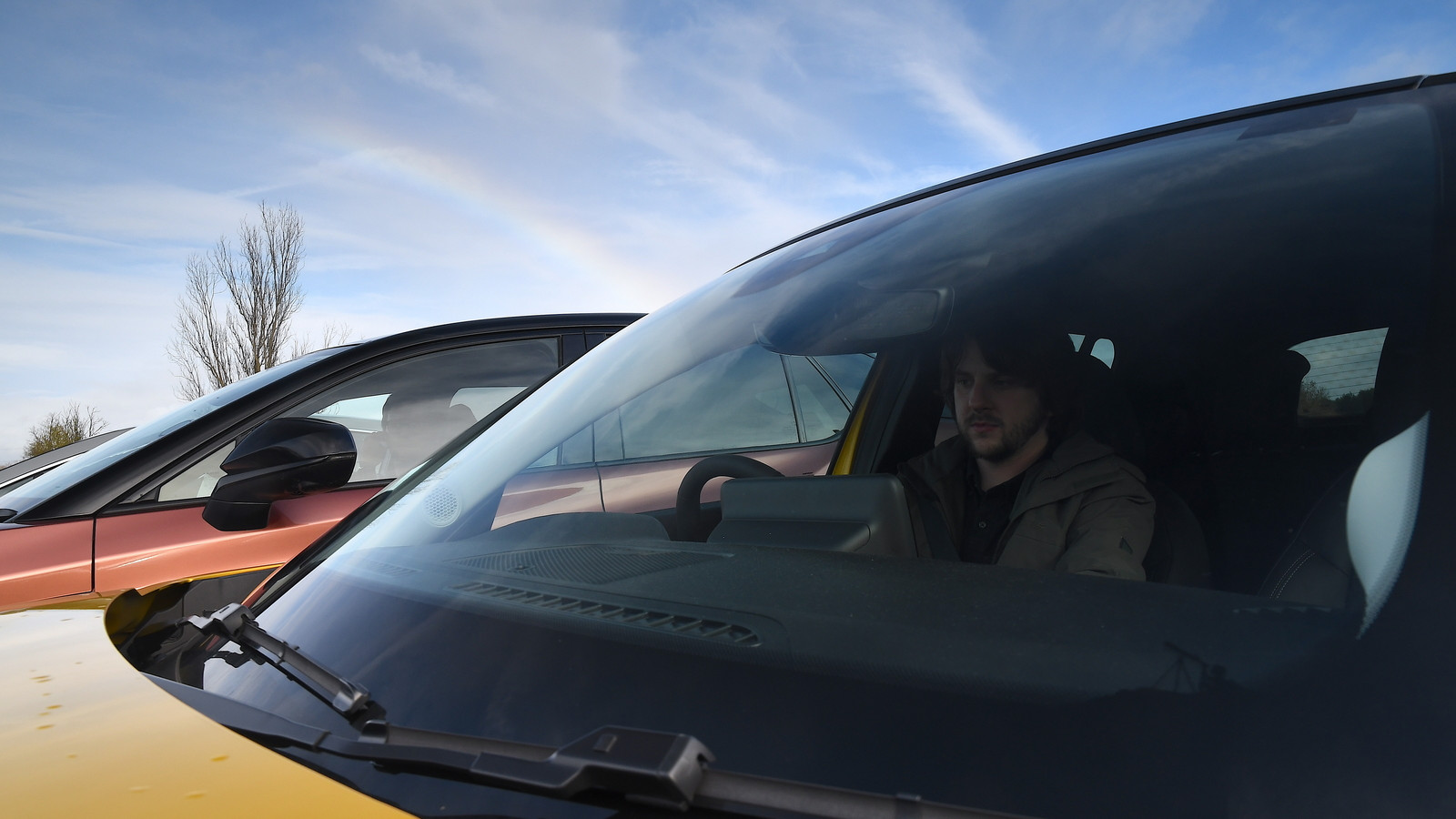
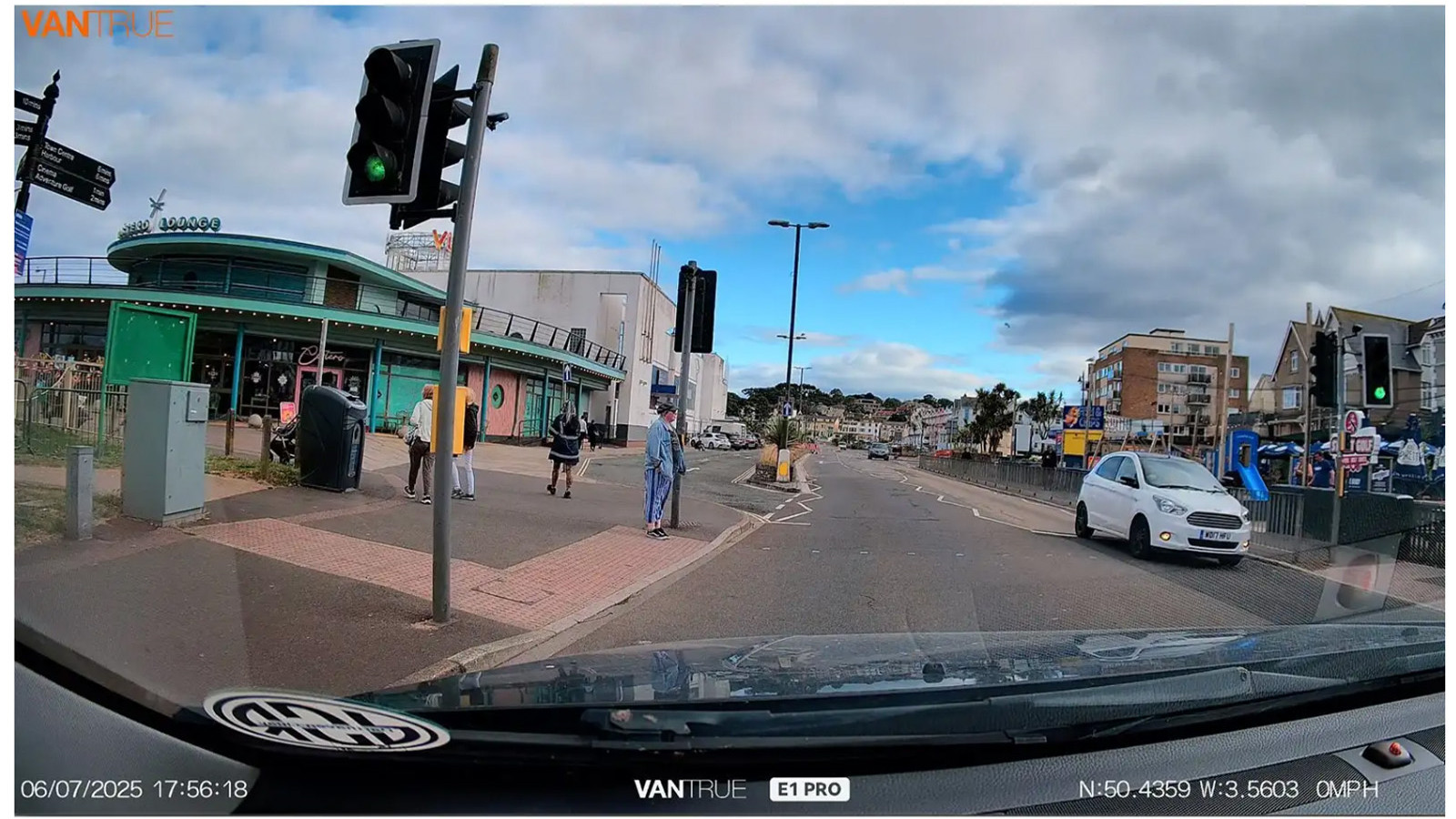
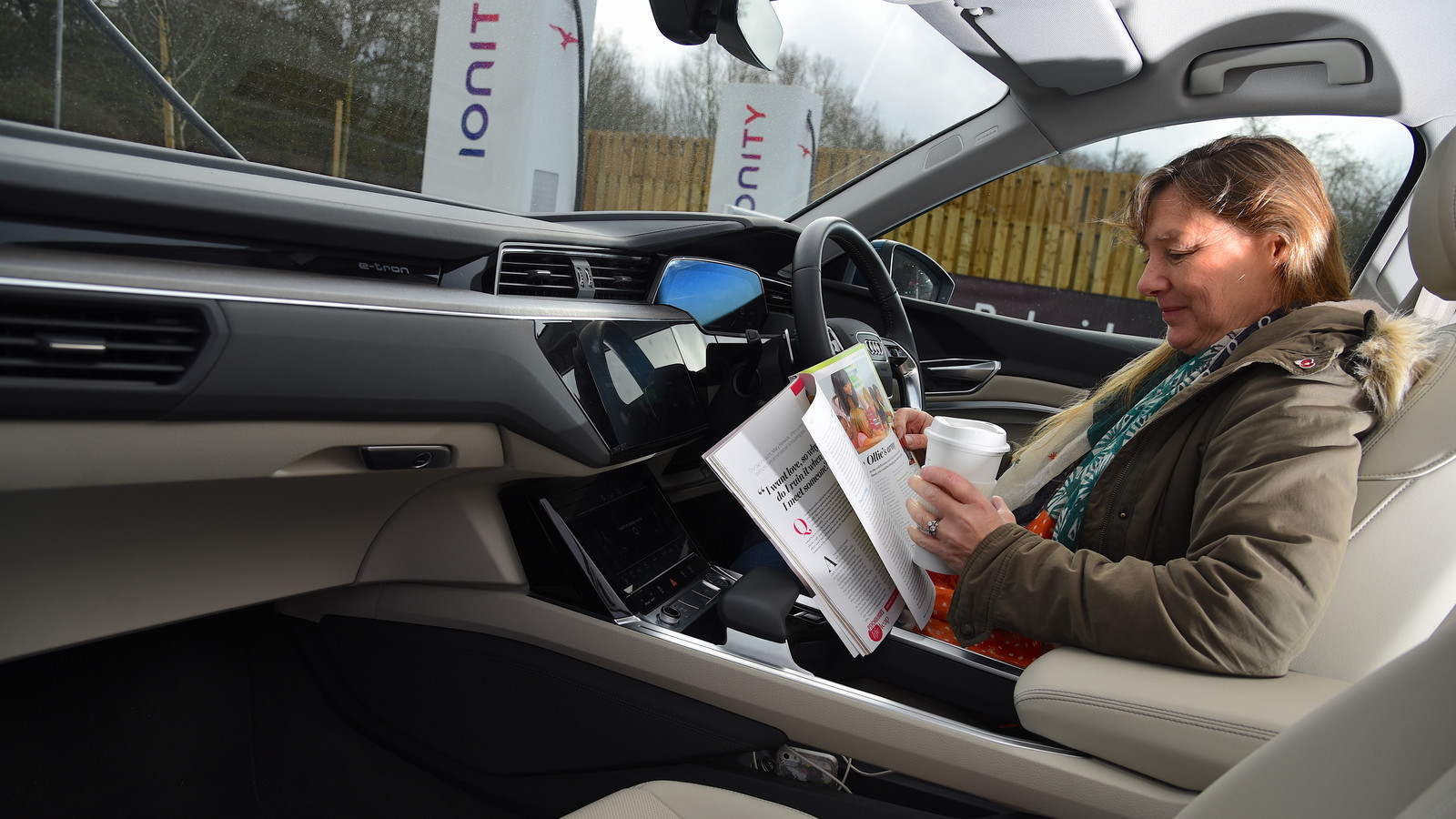
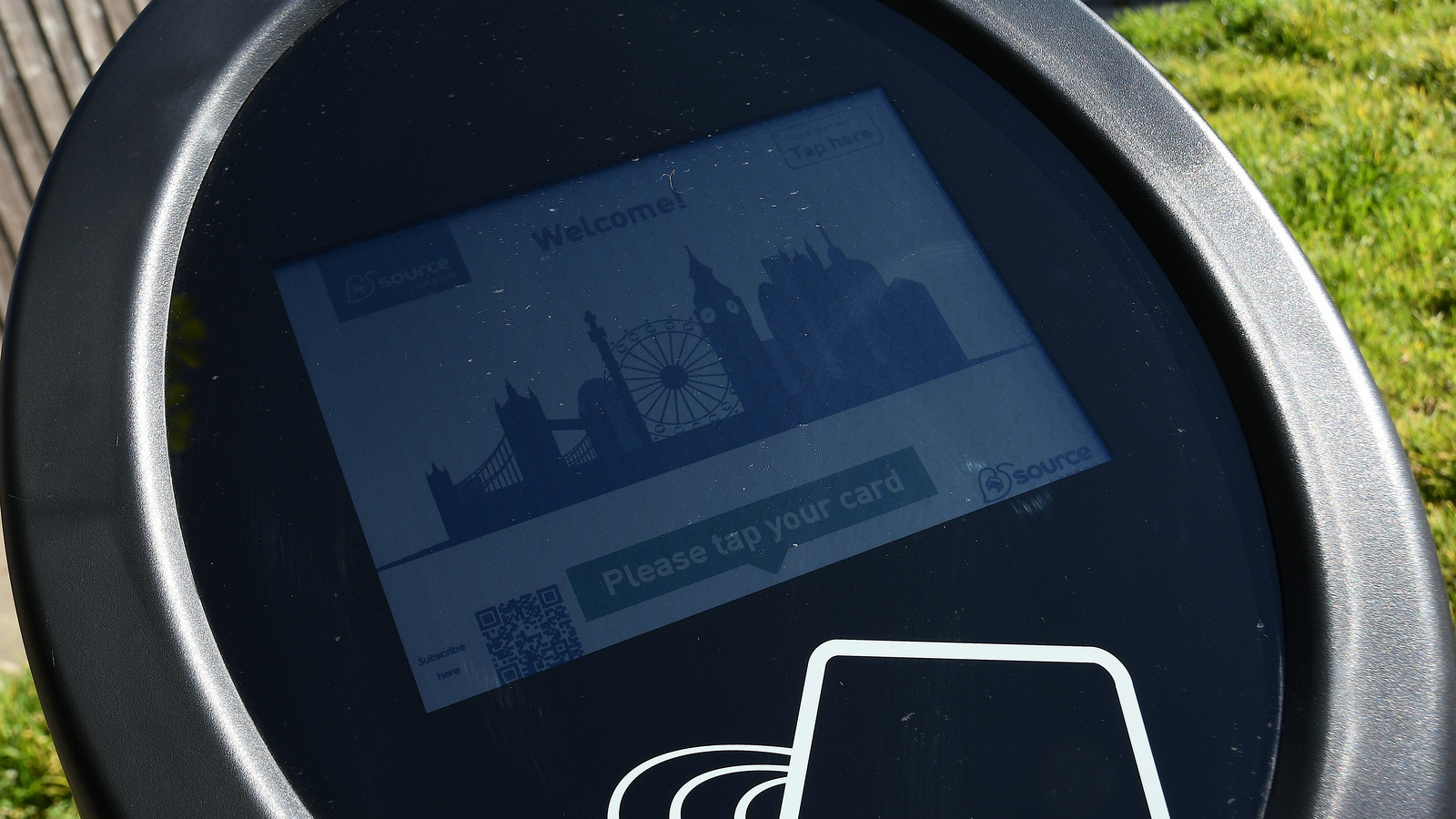
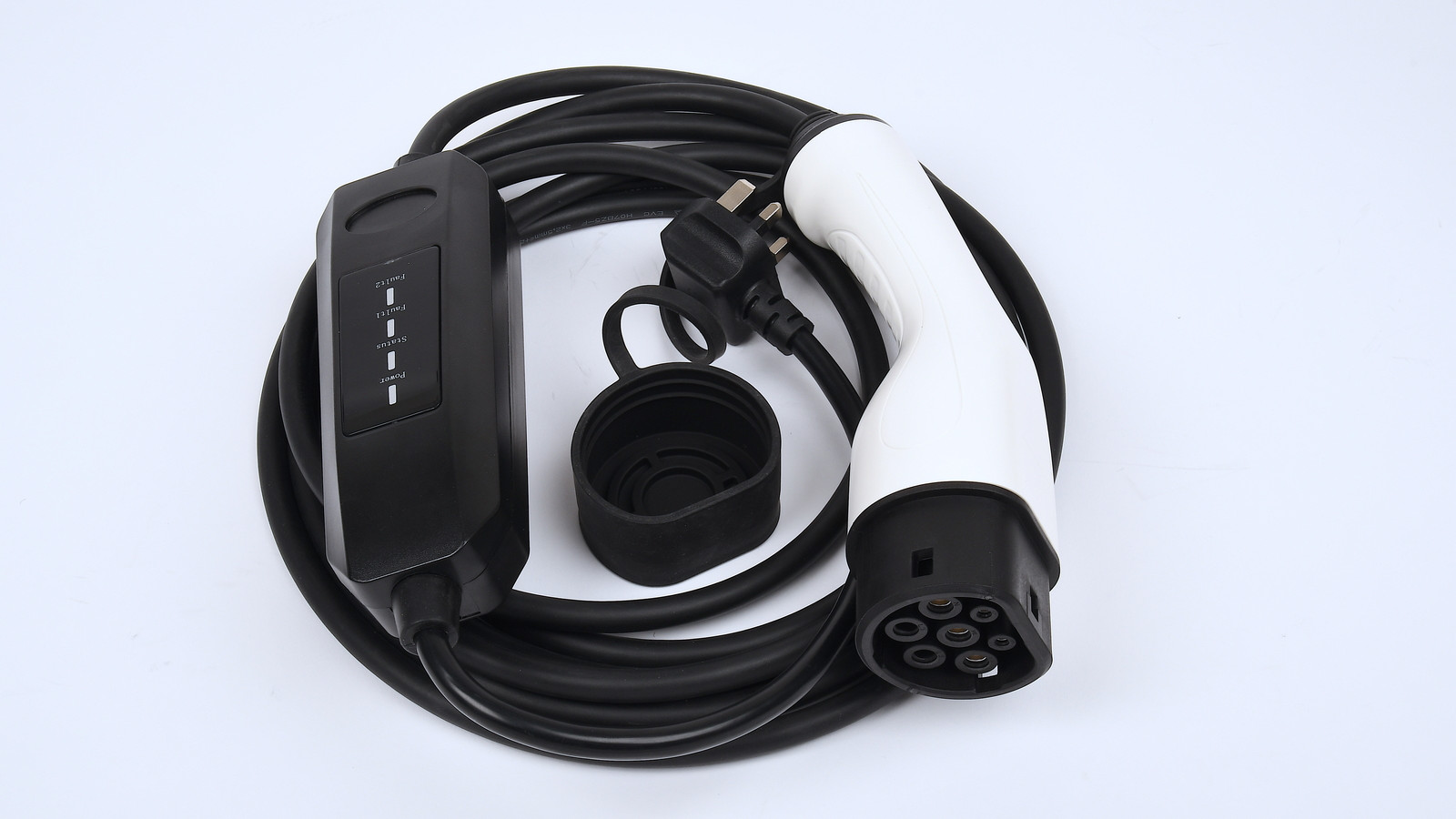
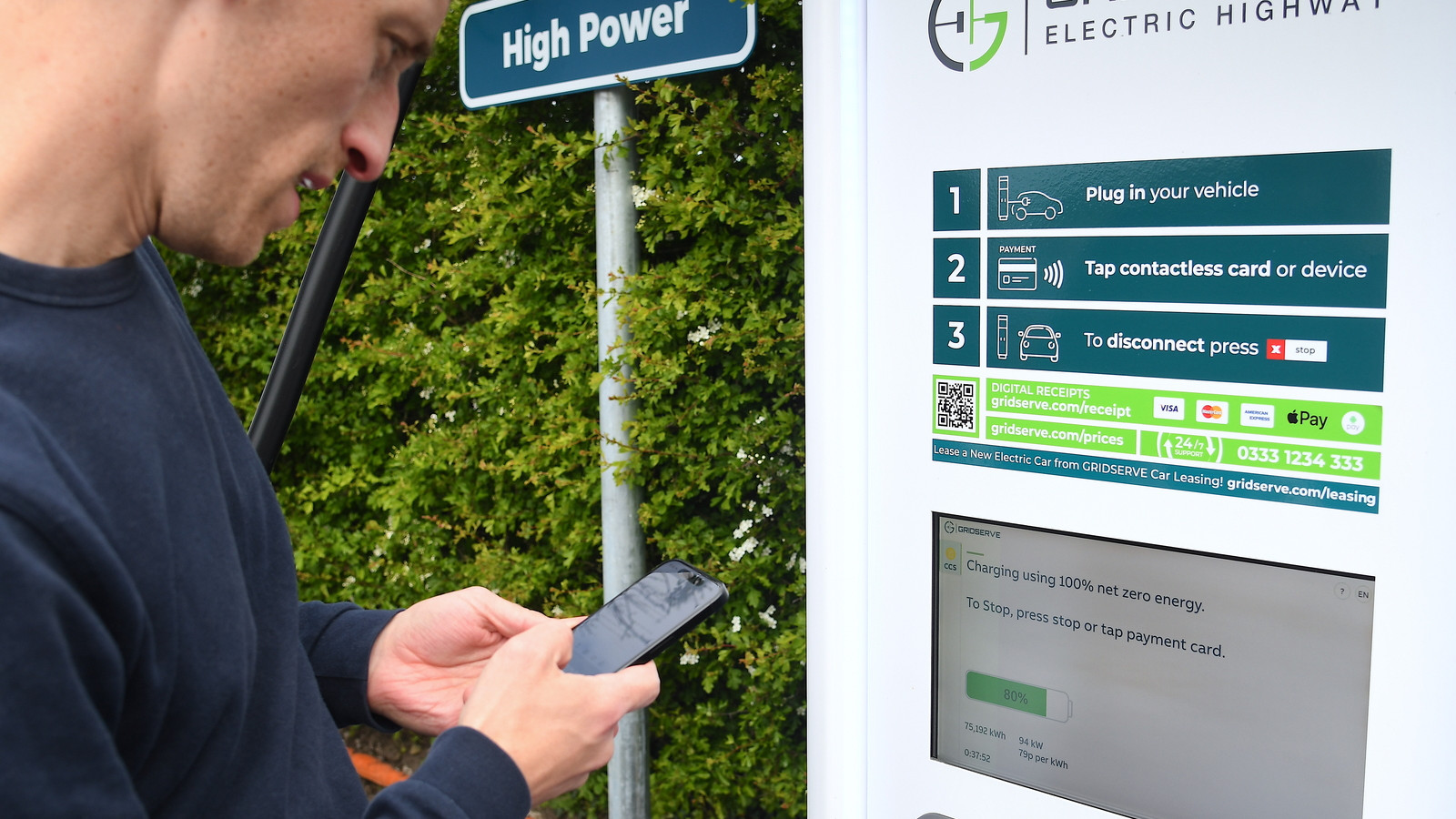
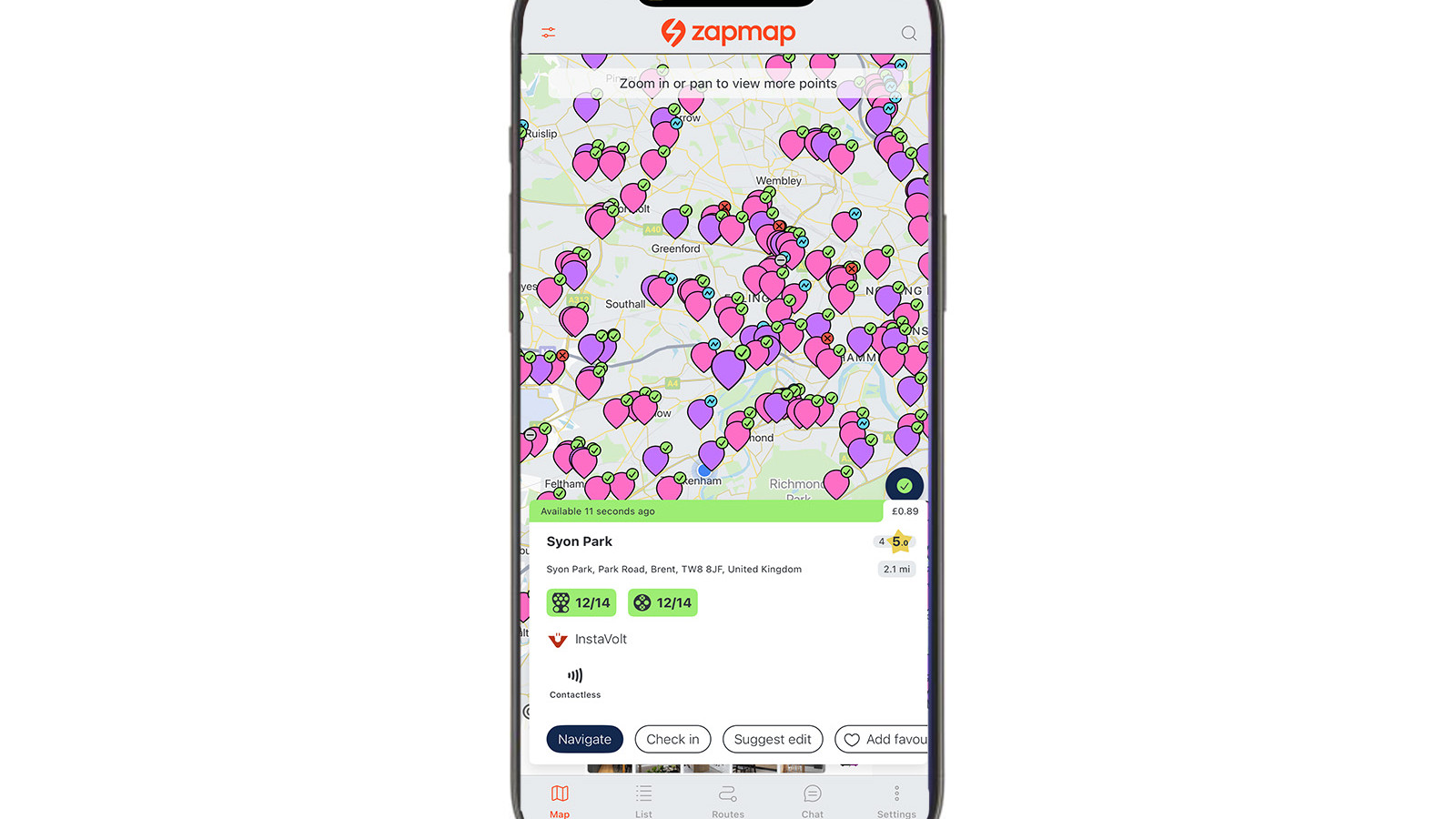
Driving an electric car comes with plenty of perks, including lower running costs, quiet rides, and fewer trips to the petrol station.
However, with the right accessories, owning an EV can be even easier and more convenient.
From faster charging options to smart storage and handy travel tools, today’s accessories can help you get the most out of your electric vehicle.
In this guide, we’ve rounded up some of the best add-ons every EV owner should consider. We’ve included products that save time, keep you organised, and make charging and driving smoother wherever you go.
So read on to improve your EV quality of life…
Home charger
Home chargers are the ultimate convenience for electric cars, allowing drivers to plug in and top up their batteries stress-free.
Not only are home chargers more convenient, but they are often far cheaper to use than public chargers, and you can be sure it’s working correctly and available to use ahead of time.
Some energy companies even offer special rates so you can charge at off-peak times for a significantly reduced cost.
Of course, not all drivers can install a home charger, but we’ve got several other tips on this list which can help you save some cash.
Charging cable bag
Charging cables are usually included free of charge when you buy a new electric car, but they don’t always come with a cable bag.
It’s also frustrating when you take your cable out of the car and have to untangle it, wasting time, which is particularly frustrating in poor weather.
Cable bags make transporting and storing a charging cable much easier and tidier, meaning you don’t have to throw the cable into the boot.
They can also be easily slotted into storage compartments and won’t tangle your cable when stored.
Vehicle-to-load adapter
If your car has vehicle-to-load capabilities, you can effectively use it as a portable power bank, which can be used to power devices.
This is especially helpful if you’re planning a camping trip, for example, as you can plug in electrical appliances to make your trip more enjoyable.
Some drivers use vehicle-to-load for powering a kettle, a coffee machine, charging devices, or even keeping essential devices powered during a power outage, such as a refrigerator.
Windscreen wash
Drivers of electric cars have little reason to go to a petrol station, which is one of the most common places to buy screenwash.
It’s important to keep your car topped up with screenwash, especially during the winter, when salt and dirt accumulate on the road and subsequently your windscreen.
Dashcam
A dashcam is an important accessory that is a valuable item to own in any sort of car, be it petrol or diesel.
Having a dashcam installed can reduce your insurance premiums, but it can also prove handy if you are involved in an accident.
Having footage at your disposal could prove whether an accident is or isn't your fault.
Reusable coffee cup
Owning an electric car means you’ll likely be sitting charging for significant periods of time, often in service stations. You might even visit a coffee shop to pass the time.
As an EV owner, you will also likely be somewhat environmentally conscious.
Carrying a reusable coffee cup on your journeys is an excellent way to maintain this ethos, avoiding the need for a new plastic cup with each visit to your preferred coffee shop.
RFID card
While charging an electric car has become easier with the universal addition of contactless payments, an RFID card is still a good alternative for payment.
RFID cards are a secure tap-and-go method of payment, which is far quicker than using a charging application on your phone.
To use an RFID card, you need to set up an account with a charging network provider and register the card. Once registered, simply tap the card on the charging station's reader to start and end your charging session.
Home socket charger
If you are not able to install a home wallbox charger, a home socket adaptor is another way to charge from home.
They work similarly to regular charging cables, except they plug directly into your mains electricity through a wall socket.
It won’t be anywhere near as fast as a proper charger, and you’ll only charge at a rate of around 8km (5 miles) per hour.
If left overnight, you’ll likely have enough to complete a trip to the shops, school or work and back.
Smartphone charging applications
Back when electric cars first entered the mainstream market, it seemed like there were hundreds of charging applications to contend with.
While many of these applications are still going today, they’re not required to actually charge, thanks to the arrival of contactless payments.
They still have their uses, however. Some companies, including Gridserve, will offer reduced rates at certain times of the year, such as during the summer. It might not seem like a lot, but every little saving helps in the long run, given the cost of charging.
Zapmap app
Zapmap is a must-have smartphone application for electric car owners in the UK and Europe.
It displays almost every charger in the country on one big map, plus how rapidly they will supply power to your car.
Most significantly, Zapmap also displays whether a charger is broken or actively in use, so you won’t waste time travelling to one which is out of action.

